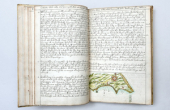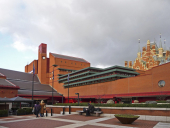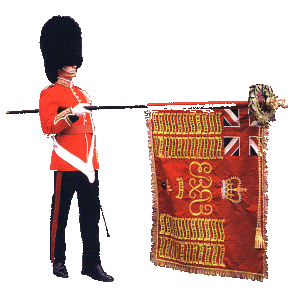
The National Forest for Wales has reached a major milestone, now spanning more than 90,000 hectares—an area roughly equivalent to 90,000 rugby pitches—
thanks to a growing network of woodland sites across the country.
Two new additions, Aberduna Hall in north-east Wales and Castle Wood in Carmarthenshire, have contributed a further 24 hectares to the initiative. Both locations are expected to boost biodiversity, support climate action and offer more opportunities for communities to enjoy natural green spaces.
Lucy Powell of Outside Lives, based at Aberduna Hall, said the project is already strengthening community bonds.
“Guided by nature, we believe in building communities that look after themselves and each other,” she said. “We’ve seen people naturally connect, collaborate and support one another at our forest site—helping rebuild a sense of community that’s been lost over time.”
The National Forest also continues to expand through 23 *Coetiroedd Bach*—“Tiny Forests”—established across Wales. Each is roughly the size of a tennis court and planted using the Miyawaki method, which encourages rapid growth and dense native woodland.
A further 20,000 hectares from the Welsh Government Woodland Estate have recently been incorporated, including areas managed by local groups in Crynant and Welcome to Our Woods.
Two Covid-19 Commemorative Woodlands have also joined the network: one at Hafod y Bwch on the National Trust Cymru’s Erddig Estate in Wrexham, and another at Ynys Hywel near Caerphilly. Both sites offer serene spaces where families can reflect and remember loved ones lost during the pandemic.
Deputy First Minister and Climate Change lead Huw Irranca-Davies described the expansion as a significant step forward.
“Ninety-thousand hectares is a huge milestone on our journey towards creating a forest that stretches from north to south,” he said. “The National Forest is about more than trees—it’s about helping people spend more time in nature while tackling the climate emergency.”
Each site joining the National Forest receives a distinctive Welsh Larch sign produced by the Merthyr Tydfil Institute for the Blind, a social enterprise employing disabled and disadvantaged people. The signs are crafted from FSC-certified Welsh-grown and processed larch. Photo by Themountainphotographer, Wikimedia commons.



































